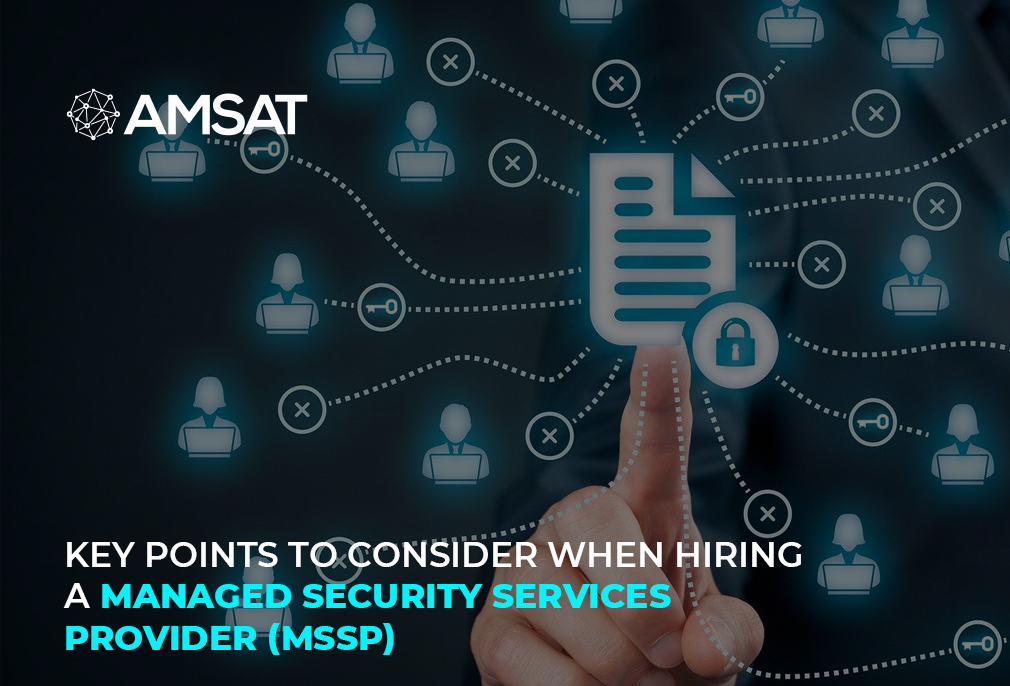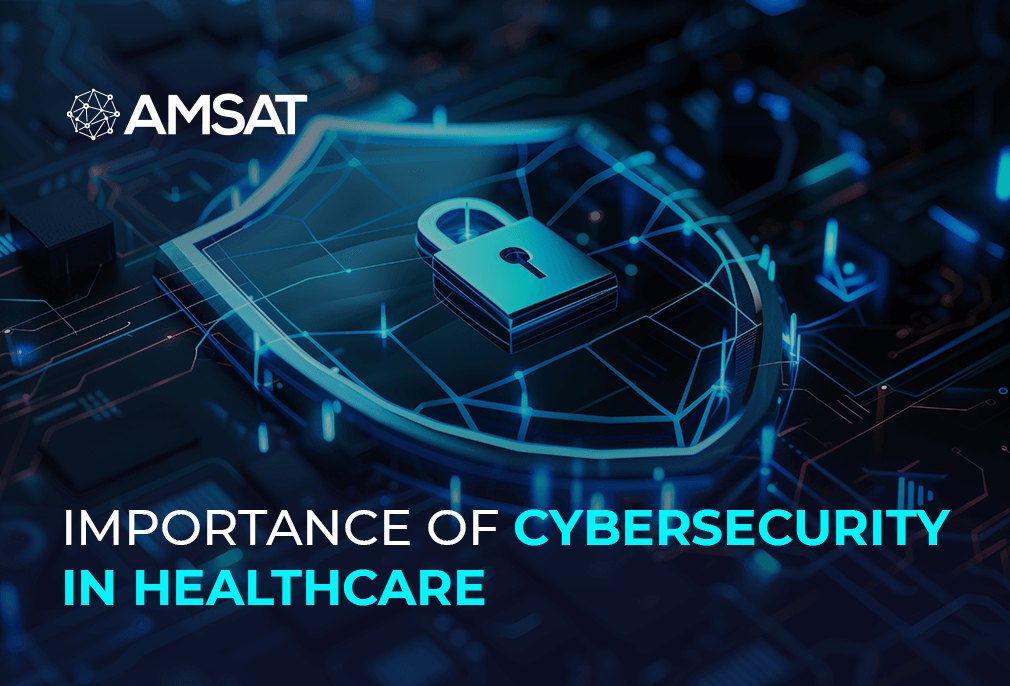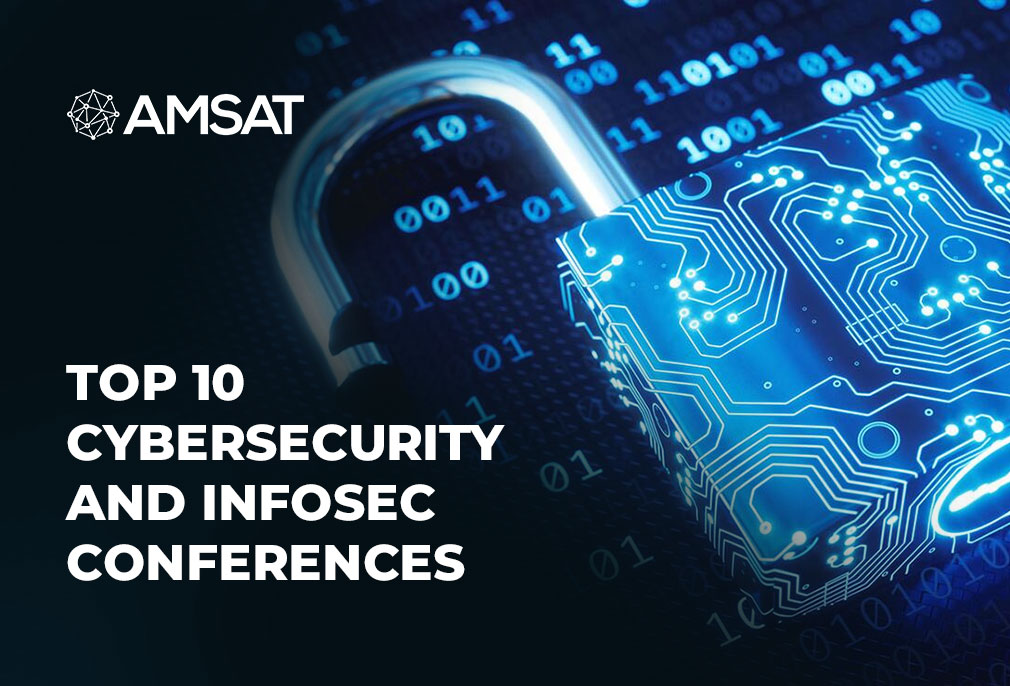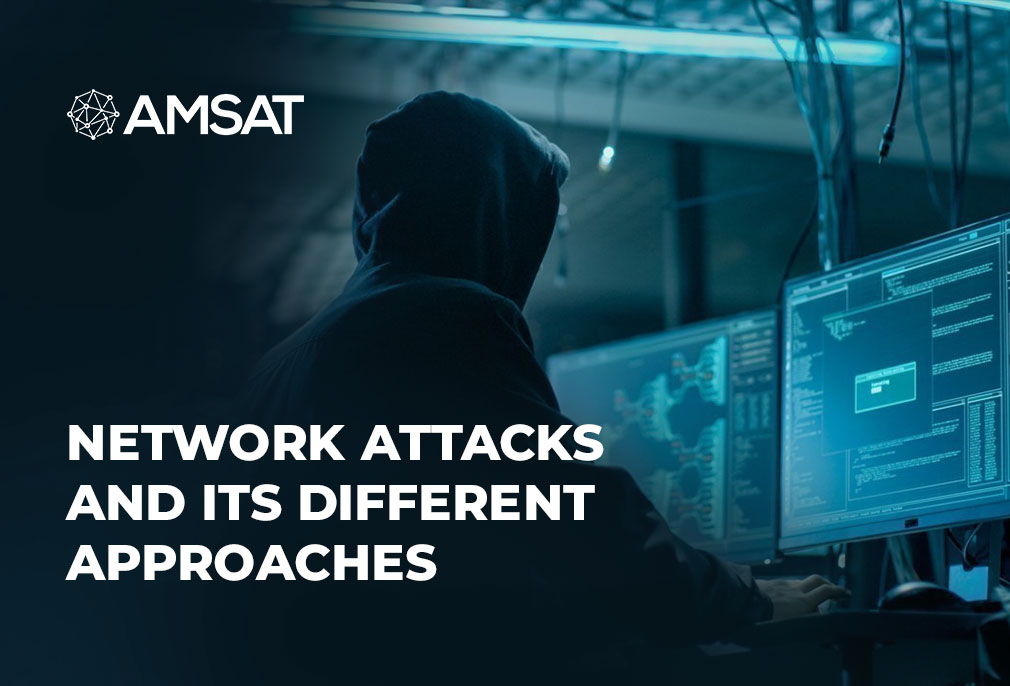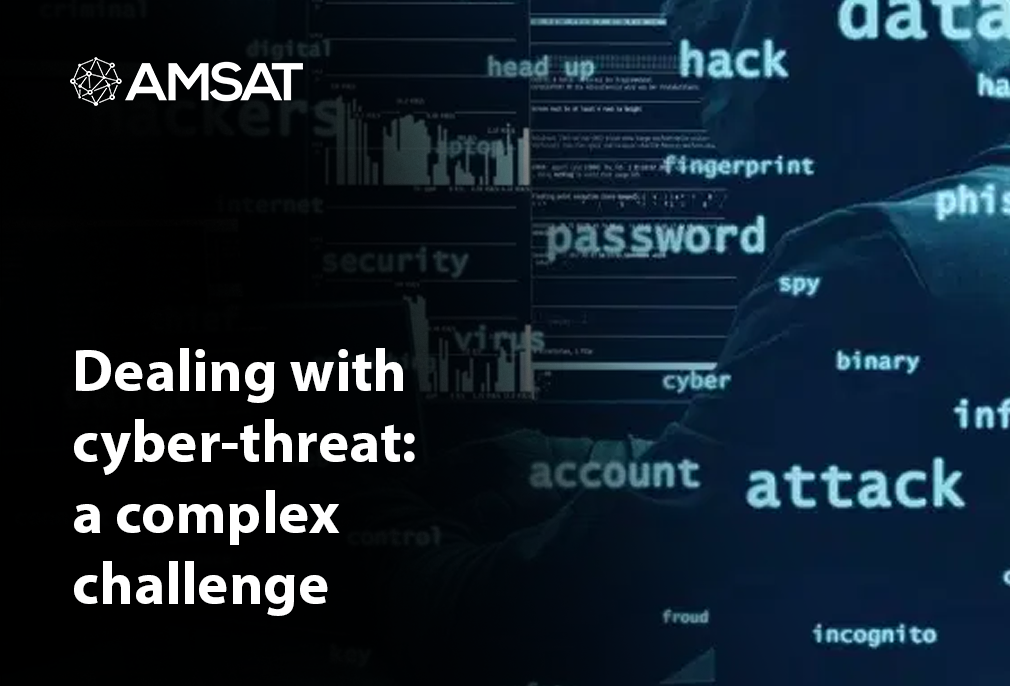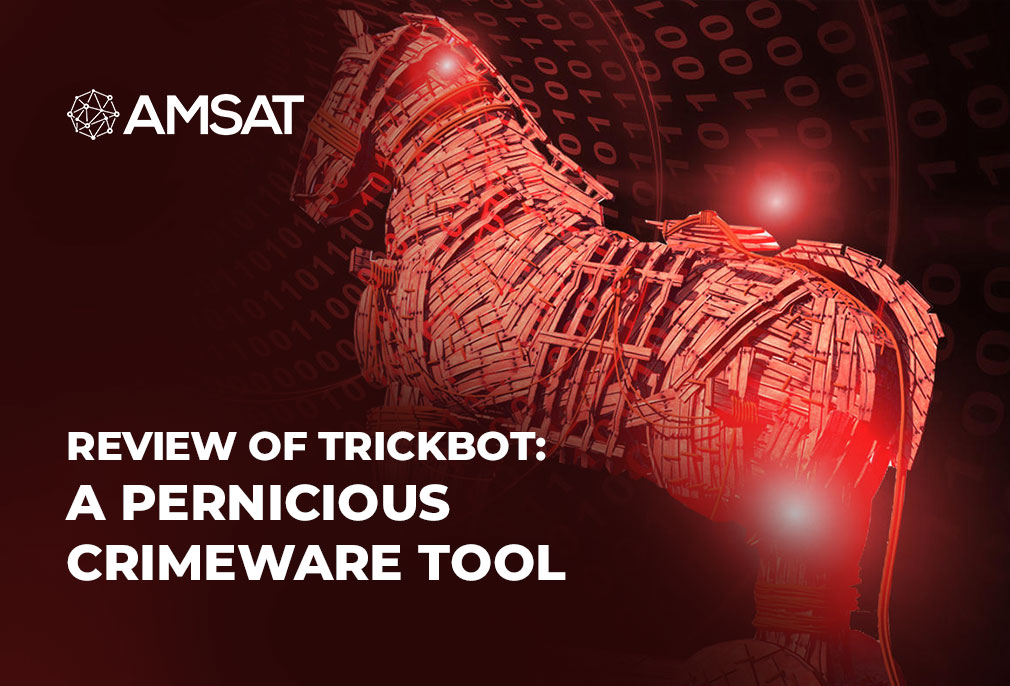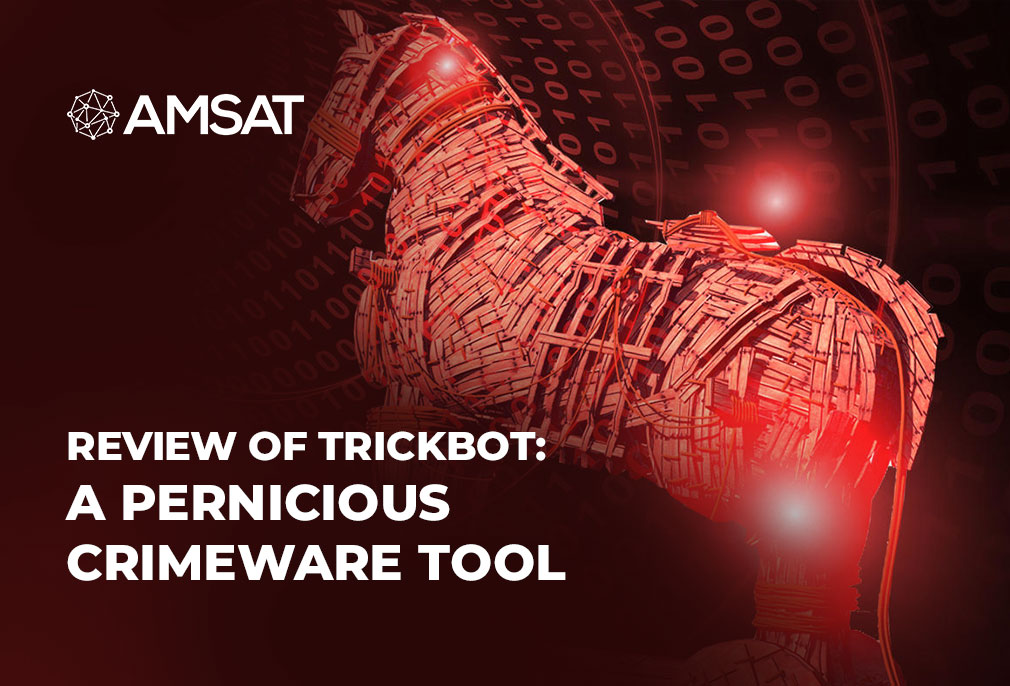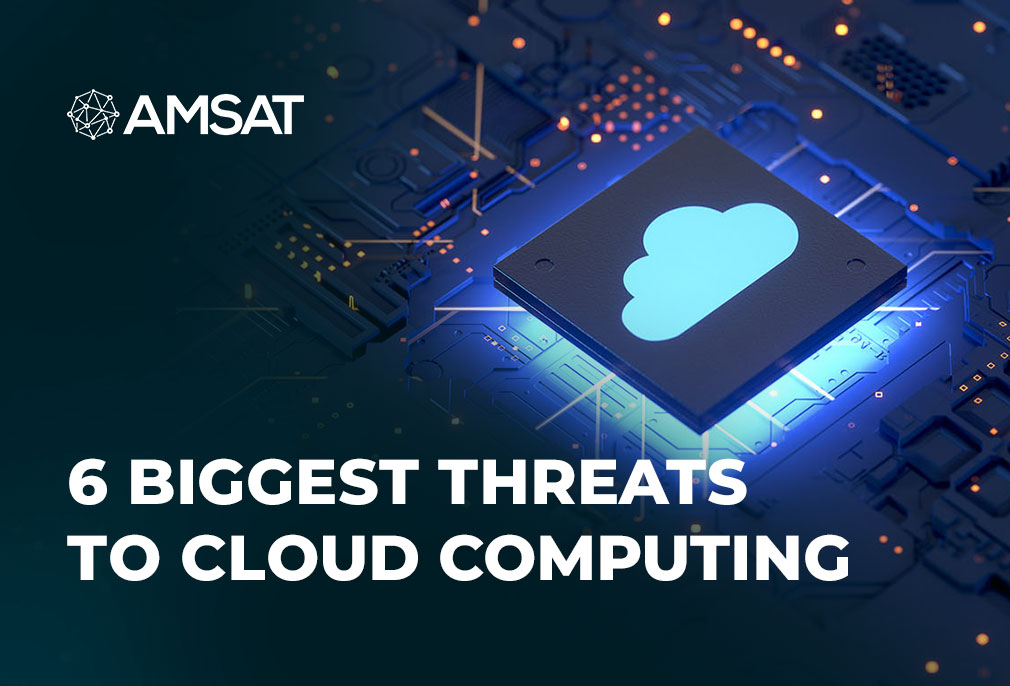What are online scams?
An online scam is a cyber fraud or trickery which exploits the Internet and could include concealment of information or providing inappropriate information for the purpose of deceiving victims out of money theft, capturing user login and password credentials. An online scam is not considered a solo, characteristic crime but encompasses a variety of illegal and unlawful actions that are carried out in cyberspace. It is, nonetheless, distinguished from theft since, in this situation, the victim readily and purposely provides the information, money or property to the threat actor. Scams can happen in several ways, through phishing emails, social media, SMS messages on one’s cellphone, false tech support phone calls, malware and more.
Top internet scam types
Cybercriminals have formulated a number of ways to trick victims through the internet. Here are some of the top types of scams.
Phishing scam
Phishing is so far the most widespread, and possibly the most perilous scam. A common scam, phishing collectively cost victims over $48m in 2018, as per an FBI report. A trickster will send you an email message that seems to be from an authentic source, such as a financial institution, a social networking site, or an online store. The message seeks to cheat you into providing important and sensitive personal information, such as passwords, credit card numbers and bank account details. For example, you might be directed to a website that looks genuine, but was established only to seize your information.
If you’re uncertain whether an email is genuine or not, go straight to the company’s official website in a different tab, without clicking on links within the doubtful email.
Romance scam
You can use online dating as a great way to connect with potential romantic partners, but fraudsters have started using this technique to deceive gullible victims. The crook typically starts a chat on an online dating site and starts an online relationship, but constantly comes up with explanations why they can’t meet up in person. Once the impostor has got the victim’s trust, they’ll ask for money or details about the victim’s monetary life. So, what to do? If you initiate an online relationship with someone, you may protect yourself by asking a number of different questions. Never give financial information to anyone you don’t know.
Quick-money promise
This rip-off might begin as a phone call, any message, or unwelcome email that promotes a job that requires little work but offers a large amount of quick money. Fraudsters who carry out this trick often target people on the lookout for a new job or willing to work from home. But once you get the job, you’re asked to fill out regular communication to provide your social security number, address, and bank information, apparently for direct deposit of your salary. The imitators can use this personal information to get into your financial accounts. When looking for a job, use renowned, trustworthy job sites, investigate the employer, and shun applying for positions that appear too good to be true.
The overpayment scam
Initially, the transaction might appear genuine. Someone responds to your online ad and arranges to pay for an article you’re selling. But the buyer creates a reason for sending you much more than the buying price, then asks you to wire back the difference before the money clears your bank account. Once you’ve paid back the difference, it becomes clear the moved money was bogus, and you’re out the cash you gave the trickster.
Be watchful. If someone sends you much more money than you’re due, it may be a rip-off. Never return any money until the transfer is in your account. If you’re indeed doubtful, you can also revoke the whole operation and report this issue to the platform where you’ve recorded the online advertisement.
Facebook impersonation scam
Facebook users may occasionally come across scams. A cheat copies the name, profile picture, and elementary information from a real account to generate a second, closely indistinguishable account on Facebook. Then, the fraudster sends friend requests to the original account’s friend list in a bid to get into the personal information of the unwary friends who grant access to their profiles.
Counterfeit shopping websites
Employing sophisticated designs and plans, cybercriminals may produce and publish false retailer websites that either look original or that duplicate current retailer websites. The false shopping sites might offer contracts that are too good to be true, For example, you might find prevalent brands of fashion and classy electronics at extremely low prices. And if you buy, you may either obtain the item and realize it’s counterfeit, or you may receive nothing at all.
The Nigerian letter scam
In this one of the longest-running online scams, you’ll receive an emotional message from someone pretending to be a government employee, entrepreneur, or member of a profusely rich foreign family asking you to help them recover a large sum of money from a foreign bank. In exchange, the individual promises to give you some of the money. You must ignore these fake messages or report to cybercrime complaint center in your area of residence.
Unexpected prize scam
In this scam, you receive an email that claim you’ve won a large amount of cash, a free tour to an exotic place, or some other amazing prize. The message will say that if you want to claim your tour or prizes, you only need to pay a small fee. Once you pay the fee, you will never hear from the organization again.
Extortion or “hitman” scam
In this type of scam, the fraudster may threaten to disconcert or hurt you or a family member unless a ransom is paid. The cybercriminal may have collected details about your life from social media profiles, which could make the claim appear more genuine or pressing.
How to protect yourself against online scams?
Anyone can fall prey to online scams these days, so it’s important to know how you can protect yourself against the internet scams which have become an unfortunate reality in today’s digital world. There are a number of ways that can help you protect against online scams, such as setting up a multilayered security features; being unresponsive to scam messages, installing antivirus software; backing up your data; and never relying on unsolicited phone calls or emails.

